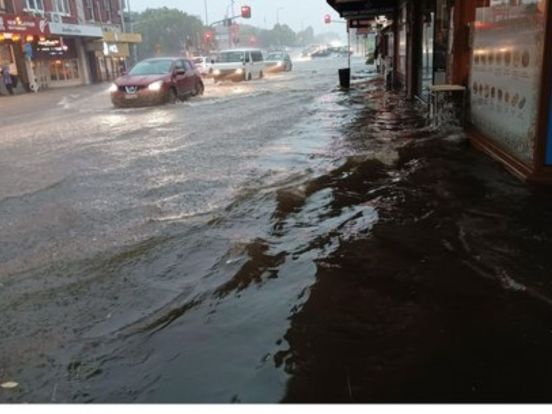Negative reviews are inevitable for any restaurant, but you should see it as a prime opportunity to effectively respond to the review and solve any issues raised by the reviewer.
A well-written response isn’t just for peace of mind; it’s also a way to attract more customers. Research shows 44.6% of consumers are more likely to visit a business that responds to its negative reviews, but many businesses aren’t taking advantage of the practice, even though 33% of restaurants say their top challenge is attracting and retaining customers.
The Right Way to Respond to Negative Restaurant Reviews
How do you write a short yet effective response to a negative restaurant review? Try this six-step process based on observations of restaurant review responses:
- Address the reviewer.
- Say “Thank You.”
- Apologise and sympathise.
- Take responsibility.
- Make things right.
- Discuss the issue further in private or offline.
Each step underlines a specific part of a reply that meets the standard of a great review response.
Address the reviewer
Start your response on the right foot with a personalised address, which can be as simple as greeting the reviewer by their displayed name. You can further personalise the response by mentioning specific details about the reviewer’s experience. Call out some of the specific dishes they ate or the drinks they ordered.
These are all details worth pointing out, not just to show that your response isn’t generic and solely directed at their review but also that value each person that comes through the door or buys a meal to go from you.
Say “thank you”
Those two words carry plenty of weight in reviews, especially during turbulent times. Saying “thank you” also opens the door for feedback from future patrons regardless of sentiment, which helps review generation efforts even if you’re relying solely on delivery service operations to bring food to customers.
Make sure you thank the reviewer not only for their review but for their patronage. They made a decision to eat at your restaurant and were let down by any number of factors in the experience.
Apologise and sympathise
Showing gratitude isn’t enough. Customers want to hear an apology and know that their experience was below the usual standards of the restaurant.
Apologising also “humanizes” the restaurant. No one wants to eat at a restaurant that is too proud or refuses to accept its shortcomings. People (and restaurants) make mistakes, and it’s important to own up to them.
Take responsibility
Every restaurant tries to meet the same standard of service and experience, but that can be a difficult task and mistakes are inevitable. When a reviewer notes it in their review, make sure you acknowledge it and take responsibility.
Internally, it’s also important that you note the issue and work with staff to find a solution so that it doesn’t happen again. Multiple reviews that mention the same issue tells potential customers that you’re not using online reviews to spot crucial pain points in the experience.
Finding these crucial insights in each review manually can take up plenty of valuable time, but you can leverage customer experience analytics to easily spot trends in reviews and quickly improve your operations.
Make things right
Customers write reviews to help others make better buying decisions, so use it to your advantage when writing a response. When responding, provide information on current efforts to make improvements or changes to the experience.
If you don’t have any detailed plans in the works, you can always mention that you are looking into ways to improve the customer experience (and reviews like this are helpful in that process). Just make sure that you act on it and not just hand out empty promises, which can break the trust between a business and its customers.
Discuss the issue further in private or offline
Responses should be short and to the point, but there’s always room for more discussion. Provide an email address or other forms of contact information to encourage a private discussion with the reviewer. This shows that you’re willing to spend as much time as necessary to resolve their complaints.
Making the conversation private can also prevent the situation from escalating out of control on a public forum like Google My Business or Yelp, which can turn into a bad outlook for any business that relies on reviews for additional customers.
Optimising responses to negative restaurant reviews
When done correctly, a review response shows value and care to each customer, and restaurateurs are starting to do it more often. Toast data shows 23% of restaurateurs are reaching out directly to the reviewer.
When done correctly, a well-crafted review response helps a brand save face with the reviewer, and shows potential customers your commitment to improving the experience, thus helping restaurateurs fight their biggest challenge. Source reviewblog.com: Rexly Penaflorida11








